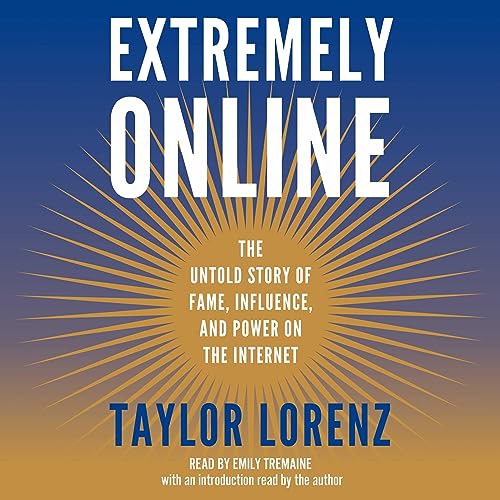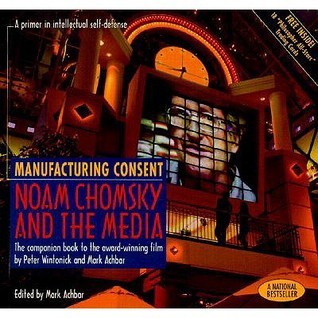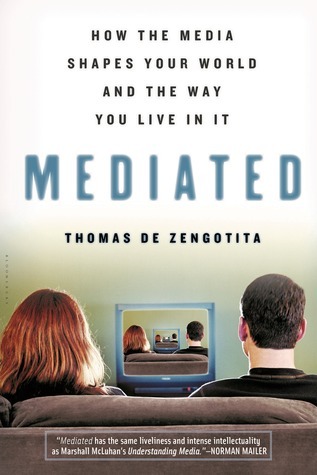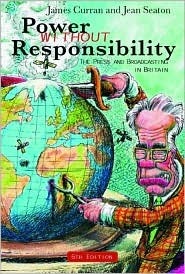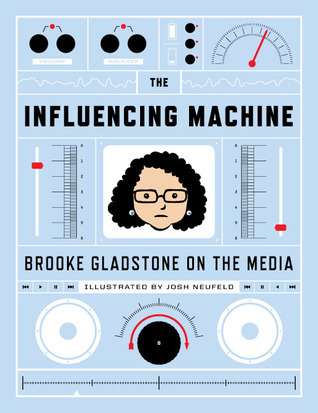
The Influencing Machine: Brooke Gladstone On The Media
Book Description
Media shapes reality, but who’s pulling the strings? In *The Influencing Machine*, Brooke Gladstone takes a fearless dive into the murky waters of journalism, bias, and the hidden forces that mold public perception. With razor-sharp wit and compelling illustrations, she dissects the complex relationships between power, truth, and the entities that transmit information. Every page unravels a layer of influence, giving voice to the unseen manipulators lurking in the shadows of news cycles. As society grapples with misinformation and distrust, can we ever reclaim our narrative from the clutches of the media?
Quick Book Summary
"The Influencing Machine" by Brooke Gladstone is a graphic nonfiction exploration of the media's pervasive role in shaping public understanding, trust, and reality. Through vibrant illustrations and trenchant commentary, Gladstone invites readers to consider how the media is both a mirror and a manipulator—reflecting society’s values while also guiding its perceptions. She unpacks historical and contemporary examples of media influence, bias, and misinformation, emphasizing the cyclical relationship between the press and its audience. Gladstone argues that while institutions and individuals can manipulate the news, media ultimately functions as a societal extension, with the public as both creators and consumers. The book challenges readers to recognize their own roles within the system, demanding a more critical and engaged relationship with the news and information landscapes.
Summary of Key Ideas
Table of Contents
Media as Mirror and Shaper of Society
Gladstone begins by positioning the media not as mere reporters but as active participants in constructing our view of reality. She traces media’s history, showing how press and propaganda have shaped beliefs since the invention of movable type. The narrative presents journalism as a living, evolving force—one that both mirrors society’s norms and wields the power to mold them. This reciprocal relationship means that our expectations and the stories media tells are locked in a feedback loop, each influencing the other. By delivering classic cases and comic vignettes, Gladstone pushes readers to question the distinction between fact and construction.
The Myth of Media Objectivity
A central theme is the seductive myth of journalistic objectivity. Gladstone dissects why true impartiality is elusive: each journalist and outlet is shaped by culture, assumptions, and economic pressures. The book highlights notorious instances of bias and misreporting while explaining how editorial choices, framing, and even language selection color public perception. Despite these influences, Gladstone does not indict media wholesale; she offers nuanced insight into why striving for objectivity is valuable but never wholly attainable.
Manipulation, Misinformation, and Power
Manipulation and misinformation receive careful scrutiny, with historical examples such as yellow journalism and modern ones like viral fake news campaigns. Gladstone explains how information is shaped by powerful interests, whether governments, corporations, or media conglomerates. She demonstrates how these forces direct narratives, sometimes subtly and sometimes overtly, to serve specific agendas. Yet, the book makes clear that ordinary citizens are also culpable, as selective consumption and confirmation bias amplify distortions and foster echo chambers.
Audience Responsibility and Participation
The narrative then shifts to the role of the audience. Gladstone argues that the public is not a passive recipient but an active participant in media’s operation. Through engagement, feedback, and sharing, audiences can perpetuate misinformation—or push for higher standards and accountability. The book emphasizes media literacy: readers must interrogate sources, recognize bias (including their own), and demand transparency. Gladstone suggests that reclaiming the narrative depends on an empowered, skeptical, and participatory public.
Evolving Challenges in the Digital Age
Finally, the book addresses the evolving landscape of digital media. The democratization enabled by the internet brings both promise and peril: everyone can publish, but few can verify. Gladstone details how algorithmic curation, social networks, and the speed of information complicate truth-seeking. The book concludes by urging vigilance—not cynicism—while acknowledging that trust, skepticism, and critical engagement are the only defenses against the ever-changing “influencing machine” that is the modern media.
Download This Summary
Get a free PDF of this summary instantly — no email required.

